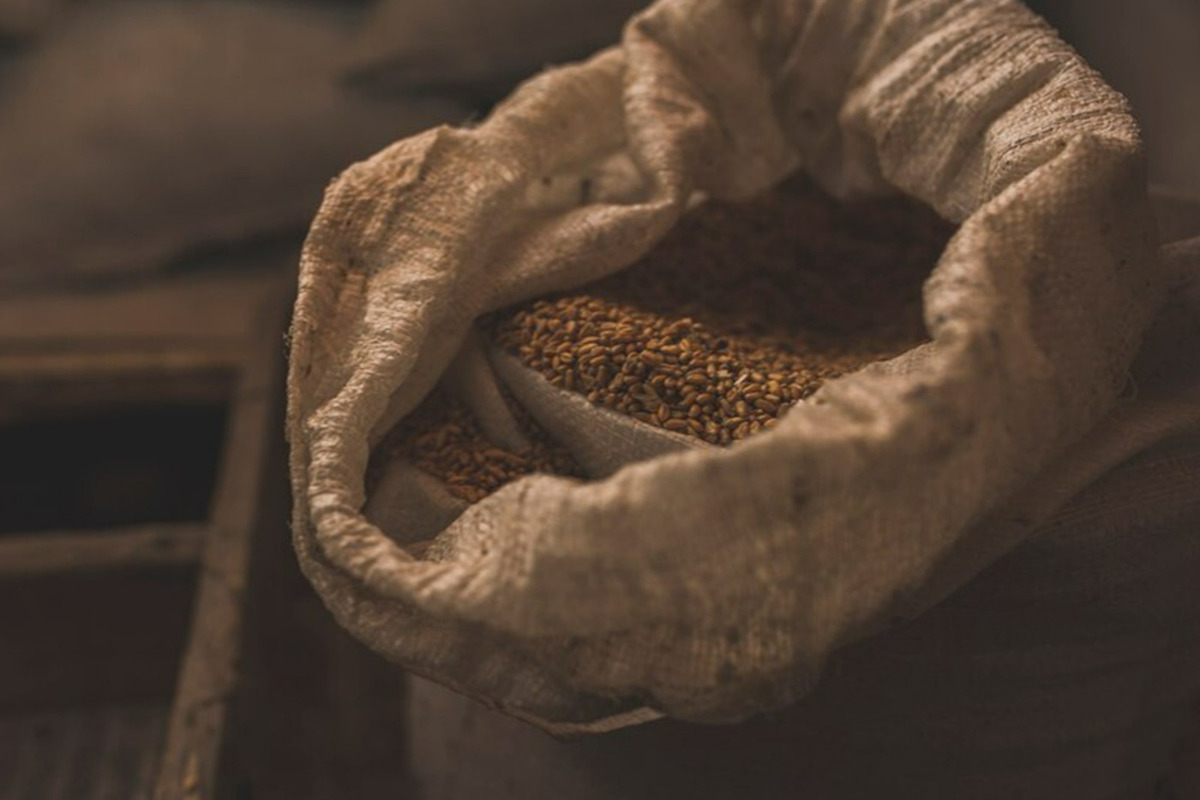Russian farmers intend to export even more grain
[ad_1]

Agricultural exports in 2023 brought the budget $43.5 billion. Grain crops occupy their niche in supplies. Russia generally ranks first in the world in wheat exports.
So, this “breakthrough” is causing some concern among some Russians. There is an eternal anxiety that, having sold everything for dollars, we ourselves may be left with nothing.
In fact, the grain harvest in 2023 turned out to be significant, but not a record: 142.6 million tons versus 157 million in 2022. That is, almost 10% lower.
In the current agricultural season, we managed to sell 66 million tons on the foreign market (mainly to friendly countries), including 51 million tons of wheat. Does it make sense to increase exports every year if this is not particularly reflected in consumer prices in stores? And will we be able to grow an additional 4 million tons so that the words of the Minister of Agriculture do not diverge from deeds?
We are talking about this topic with independent agricultural expert Alexander Korbut.
– Isn’t it too early to make such bold export forecasts, to share the skin of an unkilled bear? What are the prospects for the future harvest?
“The harvest is predicted based on two factors,” he says. – Winter crops, their areas and condition. The area has increased quite significantly. The state of entering winter, according to data from the regions, is also positive. Losses may be even less than last year’s values.
A high harvest of winter crops is the key to the overall grain harvest. This year it is predicted to be 135-147 million tons, this is a high result and we may well achieve it. The forecast is very objective and accurate.
– What if the weather doesn’t work out?
– She can make any adjustments. But if everything remains within the limits of average annual temperatures, then we will get 135-147 million tons of grain. By the way, expectations of a high harvest affect prices on the world market.
– What are they like in the world and for domestic producers?
– If markets were open, our grain farmers would receive 75-80% of the world price. There are natural costs for transportation, transshipment, preparation of documentation… That is, from the current world price of 210-212 dollars per ton, a Russian peasant would receive 160 dollars. However, it costs 115-120 dollars, the money is eaten up by high export duties.
– Our fellow citizens are wondering: won’t it turn out that in pursuit of export records we will be left without bread on the domestic market? This has happened before. True, not with grains, but with gasoline and diesel fuel…
– Russia has enormous export potential. For example, China and India produce more grains than us. But they eat them themselves. Our domestic consumption is not growing and cannot grow. We won’t eat at lunch, let’s say, not two pieces of bread, but a whole loaf.
For domestic needs we need 80-82 million tons. If we produce 135 million, and in recent years much more, then the surplus needs to go somewhere. In addition, at the beginning of the season, the country still has 25-40 million tons left from last year’s harvest. In fact, we have double the volume for domestic consumption.
The problem is how to remove excess stocks and not drop product prices to such a level when grain production simply becomes unprofitable for the manufacturer. In addition, do not forget that exports also provide substantial revenues to the budget. It is better for the country’s economy to receive money from the foreign market.
– Will last year’s supplies spoil?
– They won’t disappear, you don’t need to believe such a “scarecrow”. If normal conditions are provided, grain can be stored for a very long time. In a good way, we would reduce our reserves by another 10 million. But this is not realistic – neither in terms of infrastructure capabilities, nor in terms of market prices. They are low and there are no prerequisites for an increase yet.
– There is a paradox here. The higher the yield, the lower the prices for products. Although production costs are growing every year. How can a peasant make ends meet?
– There is no paradox. More supply of a product always leads to lower prices. This is the market. Why are European farmers protesting? Their production costs have also increased, and purchase prices do not suit them. Ukraine has greatly unbalanced the market, dumping by 20-30 dollars per ton – both on wheat and on sunflower oil.
– As a rule, we supply grain to friendly countries. Most of them are not rich. Do we give them discounts?
– There are goods that people will buy regardless of price. The countries that are friendly to us are the “Russian meridian”: from the Black Sea and further to the south. Then the Mediterranean Arab states. Buyers also include Africa, Southeast Asia, and Latin America. Yes, they have money problems. But the consumption of bakery products in terms of total calorie content in some countries is 60-80%. They buy our high-quality grain; they simply physically need these volumes. Their prices are reasonable. We, of course, would like to get more.
[ad_2]
Source link






